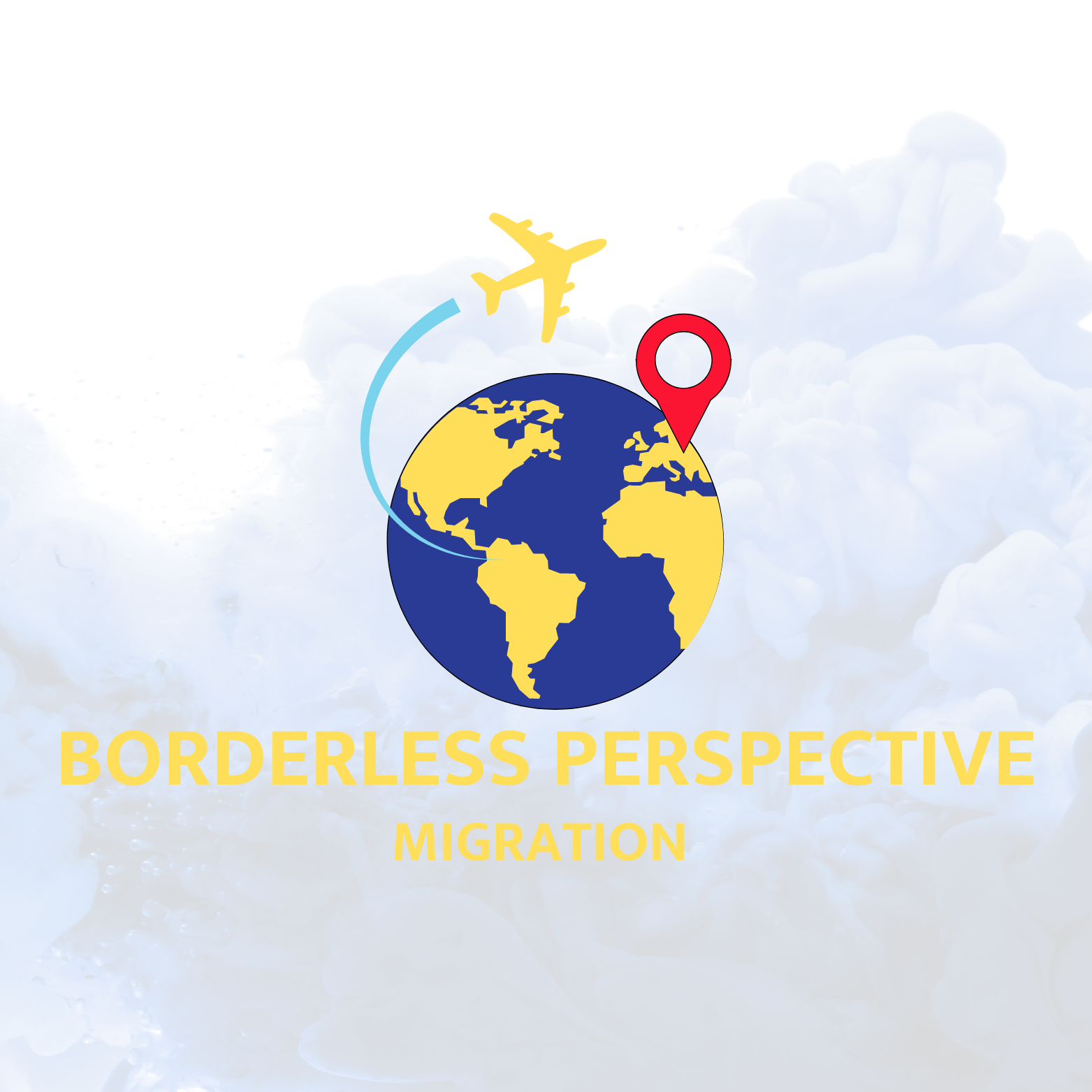
Migrant integration is a multifaceted issue that presents various challenges for both migrants and receiving societies. The process of integrating into a new community involves navigating cultural assimilation, social integration barriers, economic hardships, political obstacles, language barriers, societal obstacles, and legal challenges. These complexities require a holistic approach that goes beyond solely focusing on economic inclusion.
Key Takeaways:
- Migrant integration involves overcoming a range of challenges, including cultural assimilation, social barriers, and legal obstacles.
- Economic hardships faced by migrants can hinder their integration process.
- The political landscape can impact the integration of migrants into society.
- Language barriers pose significant challenges to successful integration.
- Societal and cultural obstacles can create additional difficulties for migrants.
The Multidimensional Integration Measurement Toolkit: A Comprehensive Approach
Migrant integration is a complex and multifaceted process that requires a comprehensive approach. To effectively measure and promote integration, the Multidimensional Integration Measurement Toolkit has been developed as an evidence-based measurement tool. At its core, the toolkit includes the IPL Integration Index, which has been piloted in various countries to capture the multidimensional nature of integration. This toolkit is a valuable resource for policymakers and practitioners seeking to understand and address the challenges of migrant integration.
With the Multidimensional Integration Measurement Toolkit, policymakers can gain insights into the outcomes of migrant integration in different contexts. By collecting comprehensive data, this measurement tool provides a holistic understanding of the integration process, going beyond the traditional focus on economic and labor market inclusion. It allows for a deeper analysis of the social, cultural, and relational aspects of integration.
Moreover, the Multidimensional Integration Measurement Toolkit supports evidence-based policy development. By utilizing this tool, policymakers can make informed decisions and design integration initiatives that are tailored to the specific needs of migrant communities. The toolkit’s gender-sensitive approaches ensure that the experiences and challenges faced by migrant women and girls are taken into account, promoting inclusivity and equality.
The IPL Integration Index: A Comprehensive Measurement
The core of the Multidimensional Integration Measurement Toolkit is the IPL Integration Index. This index evaluates a range of integration dimensions, including social, cultural, economic, and political aspects. It provides a comprehensive framework for assessing the progress and challenges of integration in a given context.
“The IPL Integration Index allows for a more nuanced understanding of migrant integration by capturing the diverse experiences and outcomes of migrants in various dimensions.” – Dr. Anna Jones, Migration Researcher
By using the IPL Integration Index, policymakers and researchers can monitor the effectiveness of integration policies and programs, identify areas for improvement, and compare outcomes across different regions and countries. This evidence-based approach to integration measurement enhances the ability to foster successful and inclusive migrant integration.
Table: IPL Integration Index Dimensions
| Integration Dimension | Description |
|---|---|
| Social | Measures the level of social interaction and inclusion in the receiving society. |
| Cultural | Evaluates the extent of cultural assimilation and acceptance of diverse cultural backgrounds. |
| Economic | Assesses the integration of migrants into the labor market and their economic well-being. |
| Political | Examines the level of political participation and representation of migrants in the political sphere. |
- The IPL Integration Index provides a comprehensive measurement of migrant integration outcomes.
- It captures the social, cultural, economic, and political dimensions of integration.
- The index supports evidence-based policy development and programmatic innovation.
- Gender-sensitive approaches are integrated into the toolkit to ensure inclusivity.
By leveraging the Multidimensional Integration Measurement Toolkit and the IPL Integration Index, policymakers can gain valuable insights into migrant integration, leading to more effective policies and programs that promote successful and inclusive integration in diverse societies.
The Role of Highly Skilled Migrants in the Workplace
The integration of highly skilled migrants in the workplace is a crucial aspect of overall migrant integration. While much attention is often given to the integration of low-skilled migrants, it is important to recognize the valuable contributions of highly skilled migrants in filling skill shortages and driving economic growth and innovation.
One of the key challenges in workplace integration for highly skilled migrants is the recognition and validation of their qualifications and expertise. Professional and regulatory organizations play a significant role in shaping the integration process by providing guidance on licensing, certification, and accreditation procedures. These organizations ensure that highly skilled migrants meet the necessary professional standards and qualifications required to work in their respective fields.
Another factor that influences the integration of highly skilled migrants in the workplace is the welfare state ideology. The level of support and assistance provided by the welfare state can have a significant impact on the integration initiatives at the national and local levels. Access to social services, healthcare, and education can greatly facilitate the integration process and contribute to the overall well-being of highly skilled migrants.
Skilled migrant intermediaries also play a crucial role in supporting the integration of highly skilled migrants in the workplace. These intermediaries provide assistance with job searching, networking, and navigating the local labor market. They help bridge the gap between employers and highly skilled migrants, facilitating a smoother integration process and promoting successful employment outcomes.
Table: Comparison of Integration Levels for Highly Skilled Migrants
| Integration Dimension | Level of Integration |
|---|---|
| Recognition of Qualifications | High |
| Access to Professional Networks | Medium |
| Language Proficiency | Varies |
| Employment Rates | High |
| Social Integration | Varies |
Conclusion
Addressing the challenges of migrant integration requires a comprehensive and multifaceted approach. It is essential to adopt a holistic understanding of integration that encompasses social, cultural, economic, and political dimensions. By taking this comprehensive approach, societies can promote successful and inclusive integration.
A key aspect of this approach is the development and implementation of measurement tools that provide insights into integration outcomes. The Multidimensional Integration Measurement Toolkit, with its IPL Integration Index, is a valuable resource in this regard. It enables evidence-based policy development and programmatic innovation, allowing for tailored approaches in different contexts.
One crucial dimension of integration that often goes unnoticed is the role of highly skilled migrants in the workplace. These individuals contribute significantly to filling skill shortages, driving economic growth, and fostering innovation. By recognizing and supporting their integration, societies can unlock the full potential of highly skilled migrants.
In conclusion, by embracing a comprehensive approach to integration, utilizing measurement tools, and appreciating the role of highly skilled migrants, societies can overcome the challenges of migrant integration. This will lead to a more harmonious and inclusive society for all.
FAQ
What are the challenges of migrant integration?
Migrant integration faces challenges such as cultural assimilation, social integration barriers, economic struggles, political obstacles, language barriers, societal obstacles, and legal challenges.
What is the Multidimensional Integration Measurement Toolkit?
The Multidimensional Integration Measurement Toolkit is a comprehensive approach that includes the IPL Integration Index, a measurement tool for migrant integration. It aims to capture the multidimensionality of the integration process and support evidence-based policy development.
How does the Multidimensional Integration Measurement Toolkit help measure integration?
The Multidimensional Integration Measurement Toolkit provides a core integration measurement that can be replicated, scaled, and adapted in different contexts. It helps measure outcomes of migrant integration and supports evidence-based policy development.
What role do highly skilled migrants play in the workplace?
Highly skilled migrants are crucial in filling skill shortages and driving economic growth and innovation. They play a significant role in the workplace and their integration is primarily driven by private sector and voluntary actors.
Who influences the integration of highly skilled migrants in the workplace?
Professional and regulatory organizations shape the integration of highly skilled migrants in the workplace. Additionally, the welfare state ideology influences integration initiatives at the national and local levels.
MORE SOURCES TO READ:
- https://www.iom.int/migrant-integration-index
- https://link.springer.com/article/10.1007/s12134-021-00845-x
- https://www.migrationpolicy.org/research/temporary-worker-programs-canada-mexico-costa-rica
![]()










Recent Comments